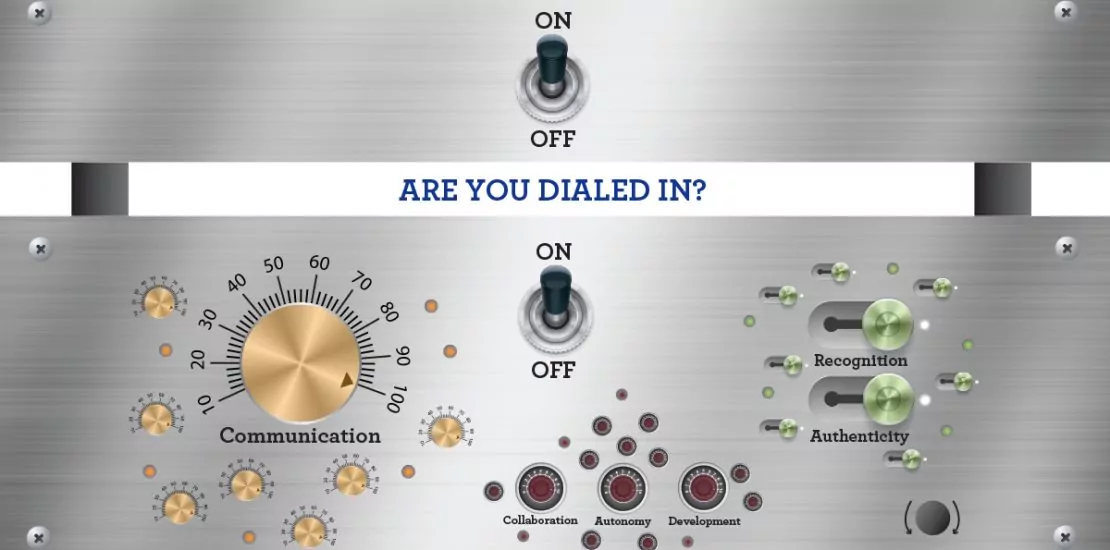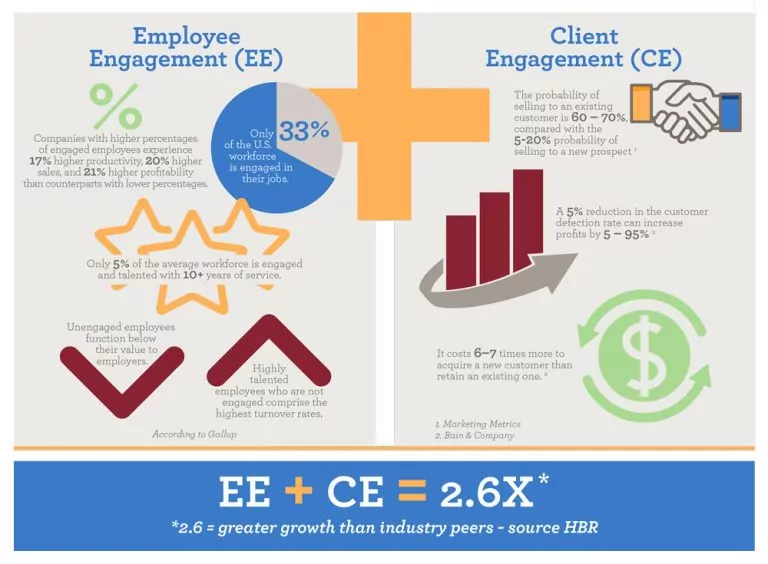- January 20, 2020
- Posted by: Hillary Feder
- Category: Details Matter, Engagement

Not too long ago I was consulting a health care clinic on how to reshape their employee experience. While they had decent employee engagement, it had stagnated and was not meeting the clinic’s mission. The overall goal was to move the entire organization from an employee engagement survey score of 73% to “rock star” status, creating a better employee experience. Needless to say, the stakes were high for everyone involved.
I dove in and worked with both individuals and small group across this 250-person organization. Early in the relationship I sat in on the weekly senior leadership meeting. At the first meeting I was impressed, the group of 7 leaders seemed organized. The meeting began on time, with a printed agenda that had been distributed prior to the meeting, robust discussion with action items and an on-time ending. With each passing week, my confidence in their process waned.
Each week the agenda was completely new prompting my curiosity about results of action items from previous weeks: What was the status? How was the result of the action item reported back? Finally on the fourth week I asked the CEO for a few minutes at the end of the meeting.
With about 10 minutes left in the meeting, the CEO asked if I had any comments or thoughts now that I had sat in on a month’s worth of meetings. I pulled out the agendas from the previous three weeks and proceeded to ask about action items, directing my question to the individual who had accepted responsibility to look inot, gain more information, or discuss with others to determine next steps. Faces around the table lost color, heads turned toward each other in disbelief. For the most part the action items had not moved one iota. These leaders had accepted a responsibility, but without enough checks and balances to create meaningful follow through, they forgot about their action item.
Gap between theory and practice
This story is not an isolated incident. I often hear business leaders express with confidence that their practices are “dialed in” and their leaders are connected, motivated, engaged and committed to the work they do together. From my perspective the switch may be “on” but the basic tenants associated with people-centric practices are on remote control. In these cases, practices are not calibrated or optimized for true connectivity and engagement.
In U.S. workplaces today:
- 34% of the U.S. workforce is engaged with their job (Gallup 2019).
- More than 50% of the U.S. workforce is actively looking for a new job or thinking about it (Gallup).
- Each year the average company looses 10-15% of its client base, even when a client reports they are happy with the product or service they are purchasing (Bain & Co).

But there are practices we can use to combat this and create engagement that motivates employees to give their very best every day. When done well, people-centric practices more deeply connect people to your company, create increased employee productivity and retention, greater client market-share and retention, and overall bottom-line success. People-centric practices must be “lived”, it is more than simply turning a switch on.
Interested in shifting your practices from “on” to truly dialed in? Consider these six core tenants that create greater connectivity, engagement and bottom-line success.
Communication
Effective communication can foster a good working relationship and act as a conduit to success. Key components to effective communication include:
- Creating closed loop communication streams. As communication takes place a meaningful way to give and receive information is as important as the discussion.
- Creating cascading messages. In any organization, from senior leaders to individual contributors there is a need for information on the same subject. How that information is delivered to each group makes a difference to how the information is processed by the individual recipients.
- Creating opportunities for people to be heard. This includes active listening to “hear” what is being said.
Authenticity
When leaders “walk the talk”, the workplace more naturally aligns with and reinforces your company’s values and business goals. Key components to creating authenticity include:
- Create accountability flow. This creates the conditions for people to own their responsibilities and limits some picking up the slack of others.
- Know the people in your organization beyond direct reports. Set-up a system, by which as a leader you encounter others in the organization with regularity.
- Physical, emotional, financial, and work well-being are intertwined. Demonstrate empathy and value the whole employee as a person first and an employee or client second.
Recognition
What gets recognized gets repeated. Create an environment where people feel valued and appreciated for their contributions. Key components to creating meaningful recognition include:
- Create recognition moments that are timely.
- The soft stuff can be the hard stuff. As individual contributors move into managerial roles ensure they have the coaching to create and deliver thoughtful recognition. How recognition is presented is as important if not more important than what is being recognized.
- Embrace and create recognition moments that are meaningful, relevant and align to your business objectives.
Collaboration
A collaborative environment encourages employees and teams to cooperate, share information and recognize that the sum is greater than the whole of the parts. Key components to creating a collaborative environment include:
- Bringing people together from different backgrounds and perspectives positively impacts overall creativity and problem solving.
- Building in time for idea generation and time to “marinate” on the ideas, will likely develop solutions with exponential value.
- When work is completed plan for full debriefs. Understand the outcome, what motivated or demotivated those on the team.
Autonomy
People will also thrive with a healthy dose of opportunities to work independently. Key components to creating autonomous opportunities include:
- Provide people the resources and tools they need, set expectations and get out of the way.
- Empower people with freedom to make decisions with clear understanding of the final outcome, and they will hold themselves accountable.
- Create a process for people to share their work product. This will create an understanding of what others are doing individually and how each person contributes to the bigger picture, and fosters a sense of mutual trust.
Development
Encourage learning moments, not perfection. Empowering people to take ownership and grow their knowledge and skills. Encourage calculated risks. Key components of creating skill building includes:
- Understand your workforce’s personal objectives and help them understand the path to reach their objectives.
- Encourage skillset development and the use of knowledge transfer to enhance your human capital.
- A balance of traditional mentoring and reverse mentoring will bring healthy respect for all in the workforce.
People-centric practices become like a living organism within your organization. They become dynamic and need ongoing management, but you will find their power reverberates on the bottom line through employee productivity and client commitment. How companies institutionalize people-centric practices to engage their entire constituency—employees, clients, suppliers, partners, the marketplace, and community—determines in large part their ability to grow and defend their market share against competitive forces.
Dialing in engagement that delivers results can be challenge, but knowing what dials to turn, how fast and how frequently to turn them, can mean the difference from being an also ran and a rock star.
To dial up rock stars at your organization, let’s start a conversation. Give me a call 952-933-8365 or email me at hillary@askhillarys.com
